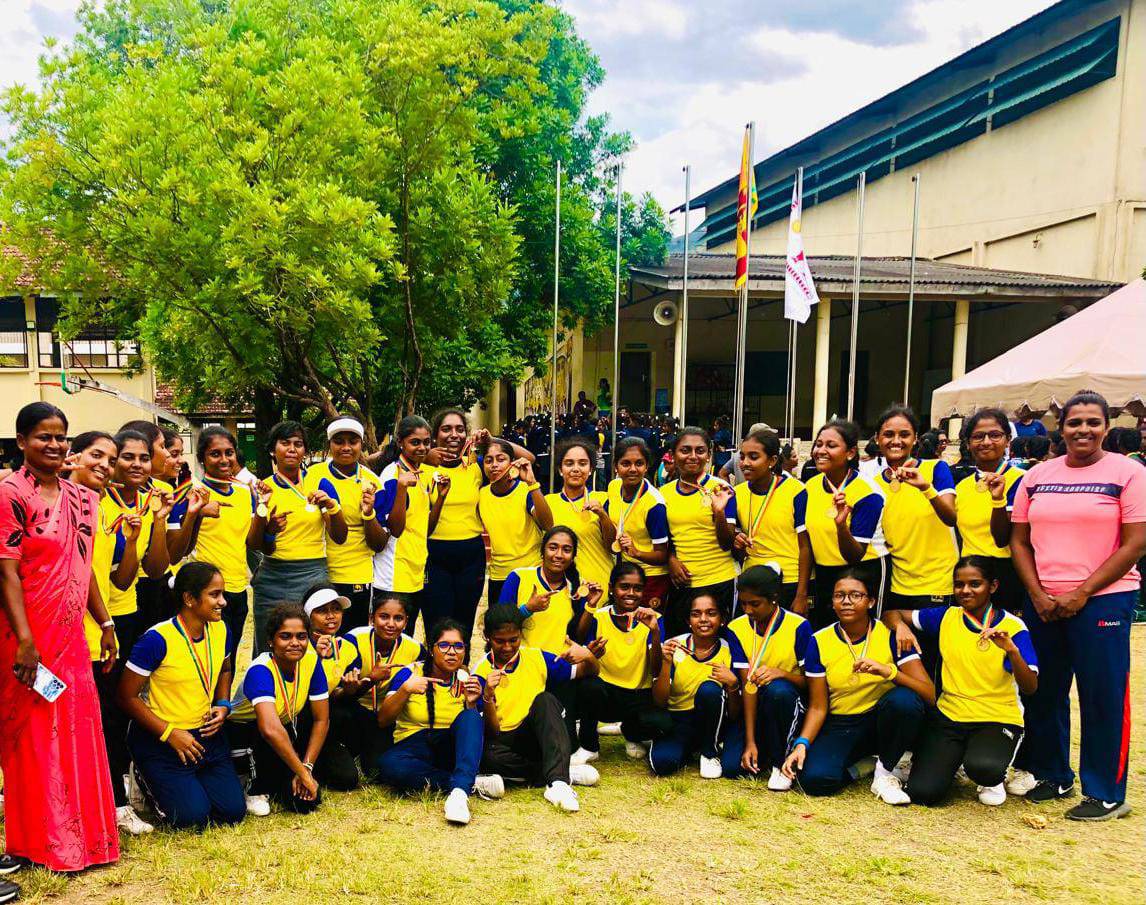ROBOTICS CLUB
Lesson Plans and Activities to Introduce Students to Robotics
-
1. Beginner Brushbots
In the Build a Brushbot activity, students make robots using scrub brushes. By attaching the leads of a small motor to a battery, and putting an off-center cork on the motor's shaft to make it vibrate, students make a simple circuit that powers the shuffling movement of a brushbot. Brushbots use slightly larger electronics elements than bristlebots (see below), so they can be great for first-time robot builders and easier for younger fingers to manipulate than robots that use smaller motors. The battery pack also has an on-off switch, which means students can turn their robots off to conserve battery power. The brushbot is great for STEAM-focused explorations as kids can get creative with decorating their robots, and tinkering with the robot to improve its stability encourages even the youngest of students to troubleshoot and make changes to their robot. (See how this family explored the brushbot for Halloween-themed robotics at home.)
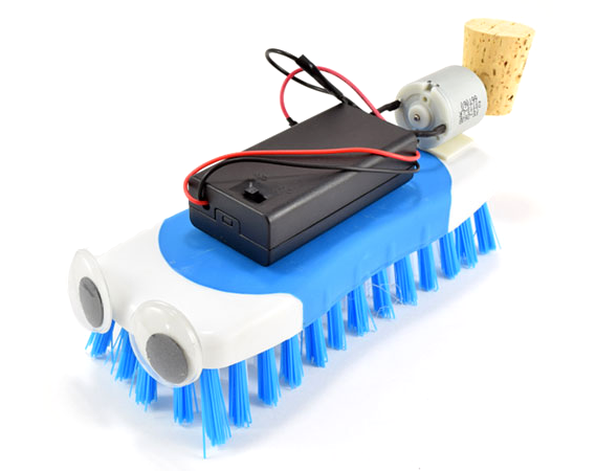
2.Clever Vibrobots
In the Vibrobots— Tiny Robots from Scratch lesson, students build simple robots from craft and recycled materials. With coin cell batteries and small motors (see the Bristlebot Kit), students learn about open and closed circuits and create robots that move around because of the vibration of the motor. In addition to being an entry point for students interested in robotics and circuit building, this lesson guides students in using the engineering design process to design, build, test, and troubleshoot their robots. Students might try a range of materials, shapes, and designs for their robot bodies and legs. As they observe how their robots work, how stable they are, and how they move, they will iterate to improve their designs. (Note: while this robot-building activity can be used with older students, this lesson is NGSS-aligned for grades 3-5.)
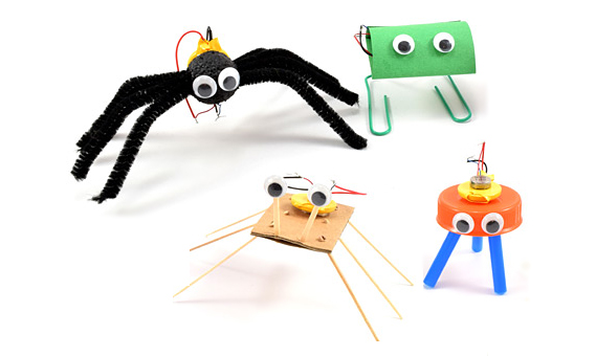
3.Dancing Robot
In the Flippy, the Dancing Robot project, students build a dancing robot. When they discover that the robot isn't very sturdy, they are challenged to use the engineering design process to improve the robot so that it doesn't fall apart as it dances. This cute dancing robot is fun to make and engaging to play with as students work on improving the robot's durability. (See what this family learned while building a dancing robot.)
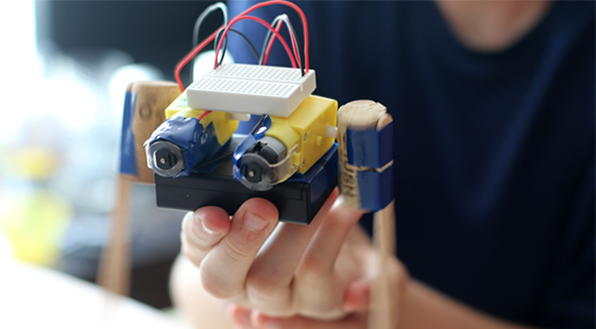
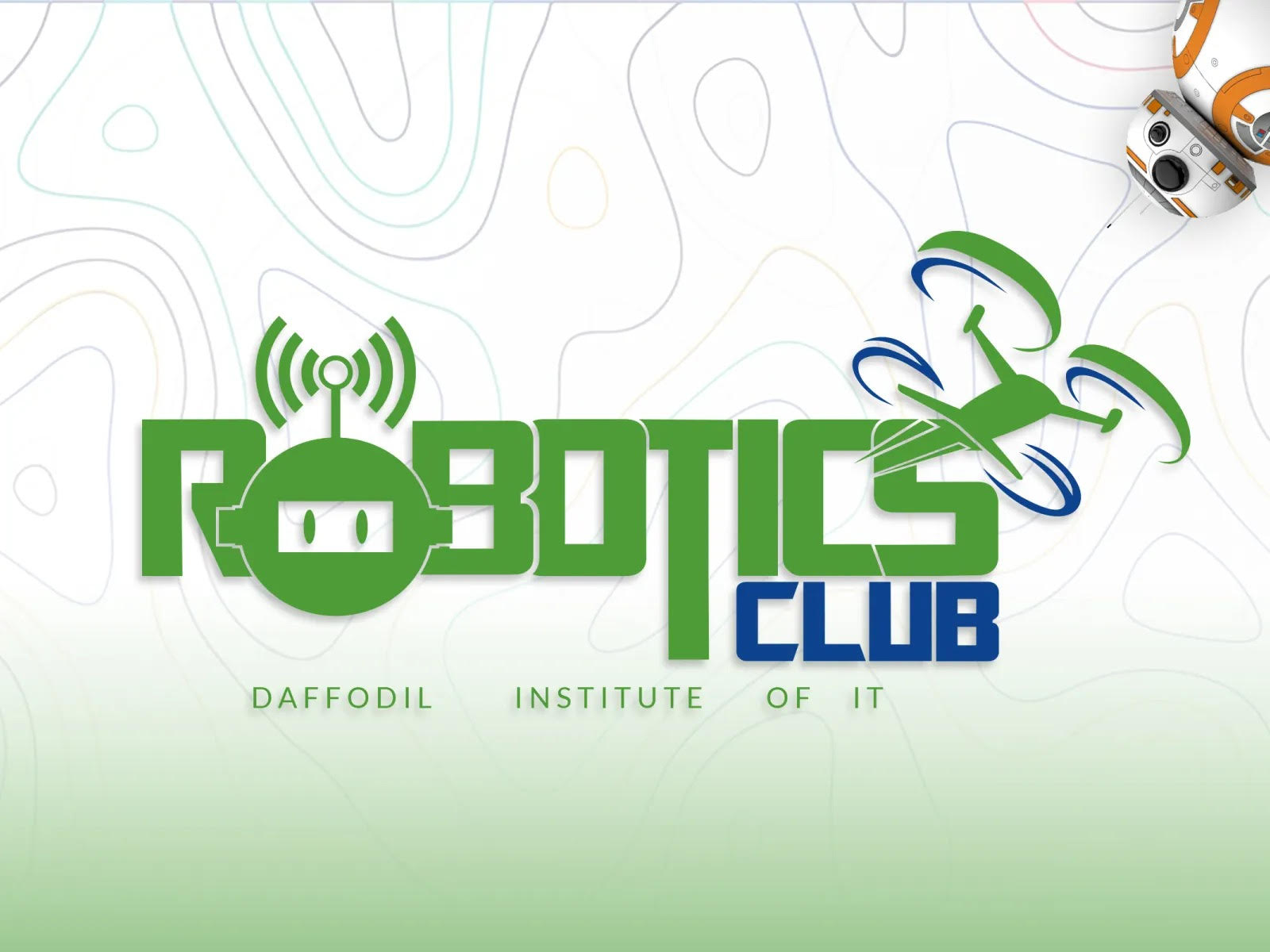
COMING SOON.......








